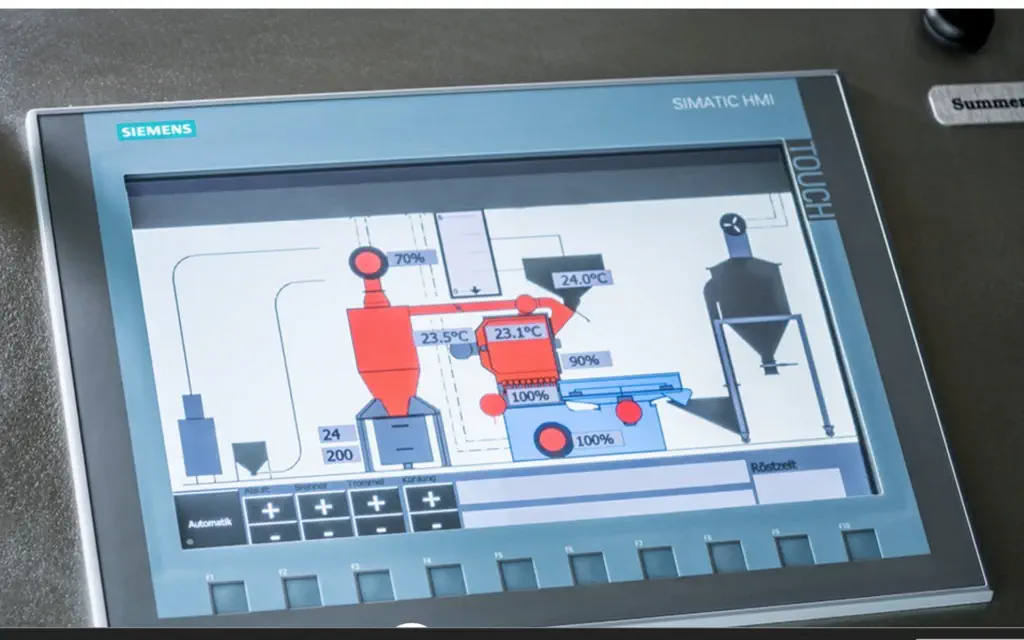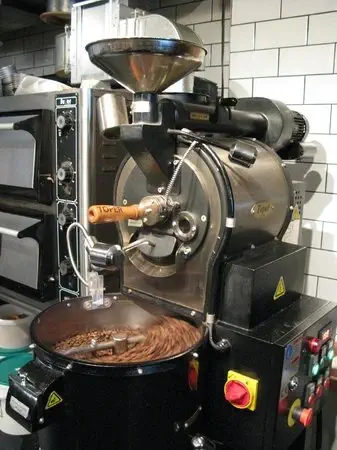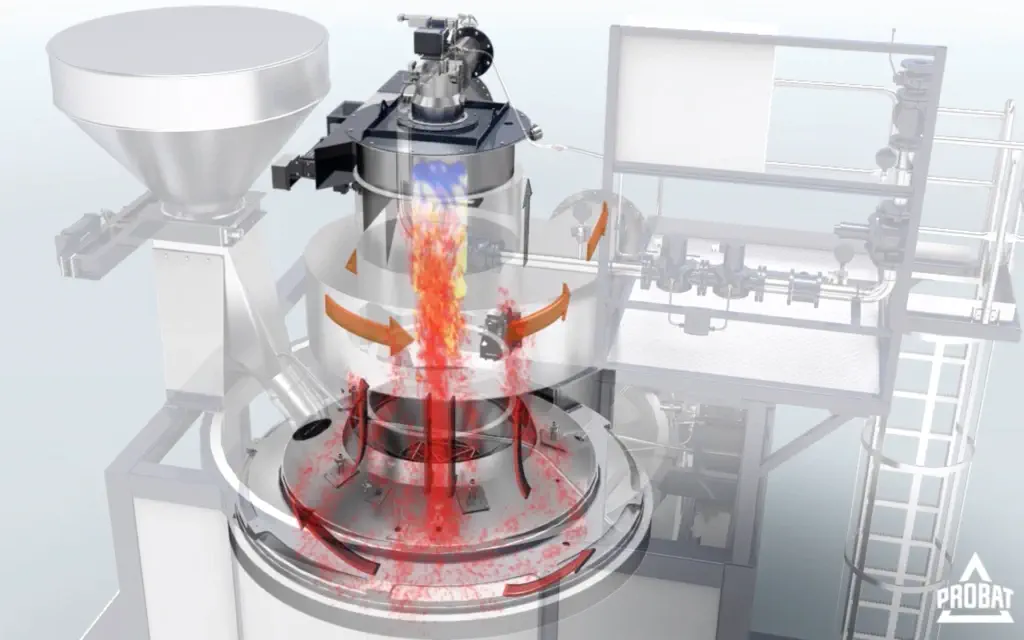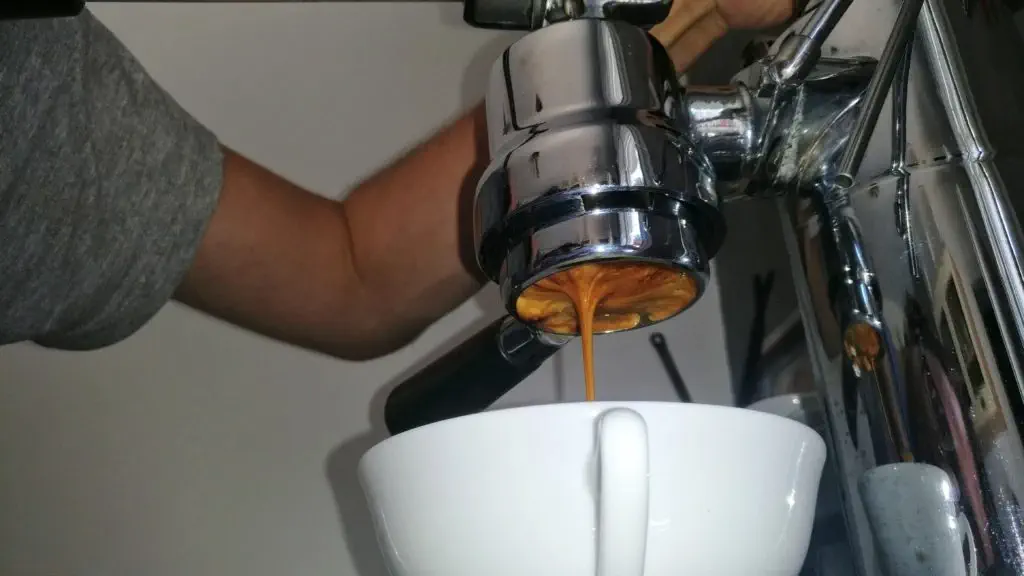The differences between coffee from a roaster and supermarket coffee

Discover the benefits of choosing your coffee beans directly from roasters, an option often far more satisfying than those available in supermarkets. The origin of the beans and the roasting methods are essential factors that influence the aromatic richness and authenticity of your tasting experience.
We all know it, making good coffee requires a certain budget. You’ve probably already asked yourself the question:
“Why buy coffee beans from a roaster when there are some in the supermarket?”
This is the question we’re going to answer.
Does roaster coffee have the same origin as supermarket coffee?
There may be similarities in the growing regions, but the origins are radically different.
- Roasters favor coffees from small farms, often carefully selected.
- Supermarkets distribute coffee from large industrial productions, often in exclusive partnerships with certain producers.
- At a roaster’s, you can find true grand crus, which is unthinkable in supermarkets.
In short, as with wine, the terroir has a major impact on the quality of the coffee.
Is the roasting the same at a roaster’s and in a supermarket?
No.
Artisanal roasting and industrial roasting have nothing in common, and this directly impacts the aromas.
Traditional roasting
Artisanal roasters use slow and controlled methods (gas or sometimes wood fire).
The coffee is roasted in a drum to ensure even roasting.
- Duration: approximately 20 minutes
- Temperature: 180 to 200°C
- Weight loss: ~17%
- Limited output: a few dozen kg/hour
This slow roasting develops the aromas optimally, thanks to physicochemical reactions such as the Maillard reaction, responsible for roasted and caramelized notes.
Industrial roasting
Conversely, industrial methods prioritize yield.
Some machines roast several tons of coffee per hour.
Two main methods exist:
Fast roasting:
- Forced air at 800°C
- Duration: 4 to 6 minutes
- Weight loss: ~12%
Flash roasting:
- Forced air at 880°C
- Duration: 1 to 5 minutes
- Reserved for lower quality coffees (often robusta or instant)
These processes, too fast and too hot, prevent optimal aroma development. They are unsuitable for specialty coffees but effective for mass production.
Roasting freshness
At an artisan roaster:
- The coffee is adapted to demand.
- Roasted in small batches, it is sold fresh (after 10 to 15 days of necessary degassing).
In supermarkets:
- Freshness is unpredictable.
- Between the factory and the shelves, it is rare for the coffee to be truly recent.
In conclusion, a roaster’s coffee will always be fresher than a supermarket coffee.
Read also: the problem of coffee roasting dates
Which produces the most crema?
Crema depends on two factors:
- The coffee variety (robusta produces more crema than arabica).
- The freshness of the roast.
A roaster’s coffee, being fresher, will therefore produce more crema than an industrial coffee.
Discover also: how to roast your own coffee
Can you roast your own coffee?
Yes.
There are home machines that allow you to roast your coffee at home.
Conclusion
Even though it is 2 to 3 times more expensive, roaster’s coffee has many advantages:
- Artisanal roasting adapted to each origin
- Known roasting date (guarantee of freshness)
- Optimal aromatic development
- Traceability and transparency regarding origin
- More crema and better cup quality
In summary, roaster’s coffee guarantees a superior tasting experience, far beyond what supermarket coffee offers.





